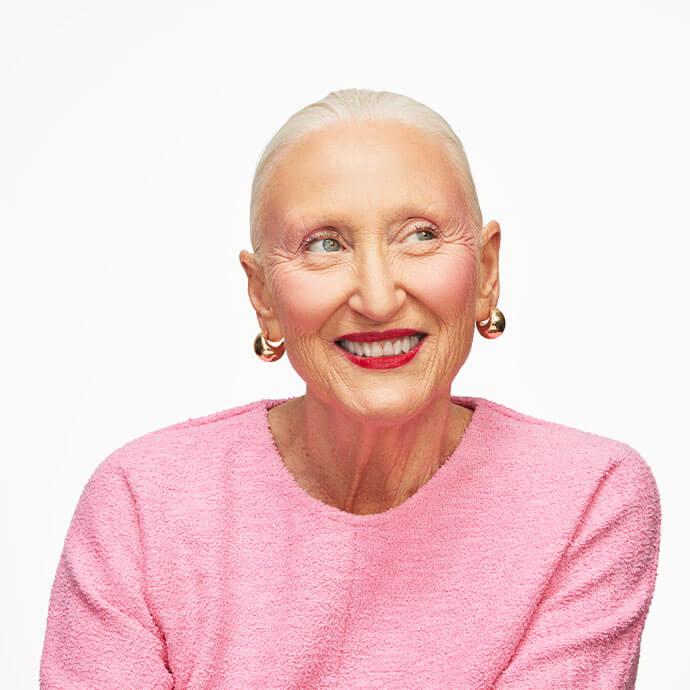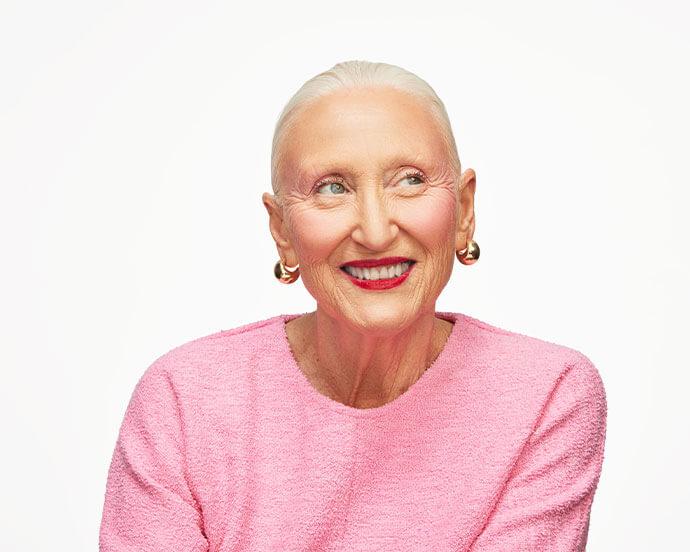Adult Acne: 8 Reasons You’re Still Breaking Out



IPSY Editors


Whether you’re still experiencing pimples, blackheads, or even painful, under-the-skin cysts in your 20s, 30s, or beyond—or just experiencing it for the first time—we have good news: Adult acne is totally normal. The downside? It can be tough to shake. But that doesn’t mean you can’t do anything about it. “Adult acne is acne that comes on or persists later in life, after puberty,” says Jeremy S. Fenton, MD, a board-certified dermatologist at Schweiger Dermatology in New York City.
Adult-onset acne is more commonly found in women than in men, and while these breakouts might look like your average whitehead, it may be a different type of acne than what you might have dealt with in high school—particularly in terms of how it forms. “Usually, it is not associated with the same oily skin that we see in teenage acne,” says Dr. Fenton. “This can make it more challenging to treat, because many of the acne treatments we have also dry out the skin.”
The good news? Knowledge is power—and understanding what may be contributing to those acne breakouts, whether they’re under your control (like your diet) or not (like your hormones), can help you better manage them, if not prevent them altogether. We’ll explain what might be behind your adult acne, and what you can do about it.


It's about glam time you treated yourself.
MEET THE EXPERT
Jeremy S. Fenton, M.D., is a board-certified dermatologist practicing both cosmetic and general dermatology. He serves as the Medical Director for Schweiger Dermatology Group and is a Clinical Instructor at Mt. Sinai Hospital.
1. Hormones
Ever get a breakout right before your period? Join the club. “Adult acne is often related to hormonal fluctuations, including menopause or peri-menopause, stopping birth control pills, or with menstrual periods,” says Dr. Fenton. While certain hormonal medications like spironolactone may help with hormonal acne—which merits a trip to your doctor—there’s not as much you can do about your hormone levels on a day-to-day basis. That said, you can pre-empt your breakouts with a strategic daily skin-care routine, including a cleanser, an over-the-counter retinoid, and sunscreen to keep dead skin cells moving and out of pores.
2. Stress
Notice a budding zit right before that big work presentation? That’s not just a coincidence. “Stress can trigger hormones that induce acne,” says Dr. Fenton. (Surprise, surprise.) These hormones, such as androgens, contribute to a spike in inflammation and send oil glands into overdrive. While topical products can still help, it’s best to address it from the inside-out. Dr. Fenton recommends trying stress reduction techniques—cue the mindfulness apps and self-care routines—as well as plenty of exercise.
3. Certain medications
Side effects from certain medications, even birth control like hormonal IUDs, can contribute to adult acne, says Dr. Fenton. Again, as with those other hormone changes, there’s not much you can do about this except tackle it from a topical standpoint.
4. Medical conditions
Certain medical conditions, such as polycystic ovary syndrome, can predispose you to severe acne lesions, according to the American Academy of Dermatology. And some skin conditions, such as rosacea, can actually resemble whitehead-like pustules and red papules, causing a case of mistaken identity. The best solution there? Addressing the underlying condition in question—which is why consulting an expert, like a board-certified dermatologist, can be super-helpful if tweaking your products and lifestyle habits has yet to improve your adult acne.
5. Pore-clogging products
Sneaky suspects you might not expect: Certain skin-care or hair products can inadvertently clog pores and hair follicles, even if you’re not dealing with the teenage-era overproduction of sebum. The good news? This particular fix is relatively simple. When you’re shopping, even for hairstyling products, “look for non-comedogenic and oil-free products,” says Dr. Fenton. (Non-comedogenic means it’s shown in testing not to clog pores.) We’re fans of IT COSMETICS Confidence in a Gel Lotion Moisturizer, which replenishes moisture in acne-prone skin without risking clogs.
6. Diet
Look, we’re not suggesting anyone swear off cheese, but some foods, including sugar and dairy products, have been linked to acne flare-ups. As a result, “some people find that dietary changes, such as avoiding dairy or high-glycemic foods such as sugar and processed carbohydrates, can be helpful,” says Dr. Fenton. If your local pizza spot knows you by name, consider cutting back and seeing if that helps.
7. Harsh acne treatments
Some acne treatments can do more harm than good. “Many people use treatments to dry out the skin, which only makes the acne more inflammatory,” says Dr. Fenton. (We see you, benzoyl peroxide.) But since adult acne isn’t usually the result of excess sebum or bacteria so much as it is inflammation, that’s usually not necessary. Instead, consider glycolic acid, which actually hydrates skin as it removes dead skin cells; find it in CANE + AUSTIN Acne Retexture Pad 5% Glycolic Acid and 2% Salicylic Acid—which, by the way, helps fade acne scars too.
8. Genetics
Research has found that a family history of acne is a huge factor in adult acne—so, if one of your parents had blemishes when you were growing up, that’s a sign that you’ll have it, too. As with hormones, though, there’s not much you can do about it besides keep up a dedicated skincare routine and use gentle acne treatments.
Dealing with adult acne and waiting to find the holy-grail solution? Take our Beauty Quiz now to get started. Already an Ipster? Refer your friends to earn points, which you can use toward products. Either way, don’t forget to check us out on Instagram and Twitter @IPSY.
Like this article? Share it with your friends by clicking the icons below!
Liked this post? Share!
Related Stories


Skin
How to Adjust Your Skincare Routine for Mature Skin in the Winter
Published on Dec 4, 2025 • 7 min read


Skin
Meet the Best Moisturizers for Winter, According to Dermatologists
Published on Dec 1, 2025 • 9 min read


Skin
What Is Inflammaging—and Why Everyone’s Talking About It
Published on Dec 1, 2025 • 8 min read


Skin
6 Skincare Trends to Have on Your Radar in 2026, According to Experts
Published on Dec 1, 2025 • 7 min read


Skin
We Grabbed Our Crystal Ball and Found These 6 Skincare Predictions for 2025
Published on Dec 10, 2024 • 7 min read


Skin
Simple Self-Care Tips That Actually Make a Difference
Published on Nov 13, 2025 • 12 min read


Skin
These 9 Face Scrubs Will Unlock Soft and Smooth Skin on Contact
Published on Nov 5, 2025 • 10 min read


Skin
10 Thanksgiving Foods That Will Have Your Skin Coming Back for Seconds
Published on Oct 15, 2025 • 7 min read


Beauty Picked Just for You
Get 5 products worth up to $70
Plus exclusive access to epic deals up to 80% off
Starting at just $14/month. Cancel anytime.